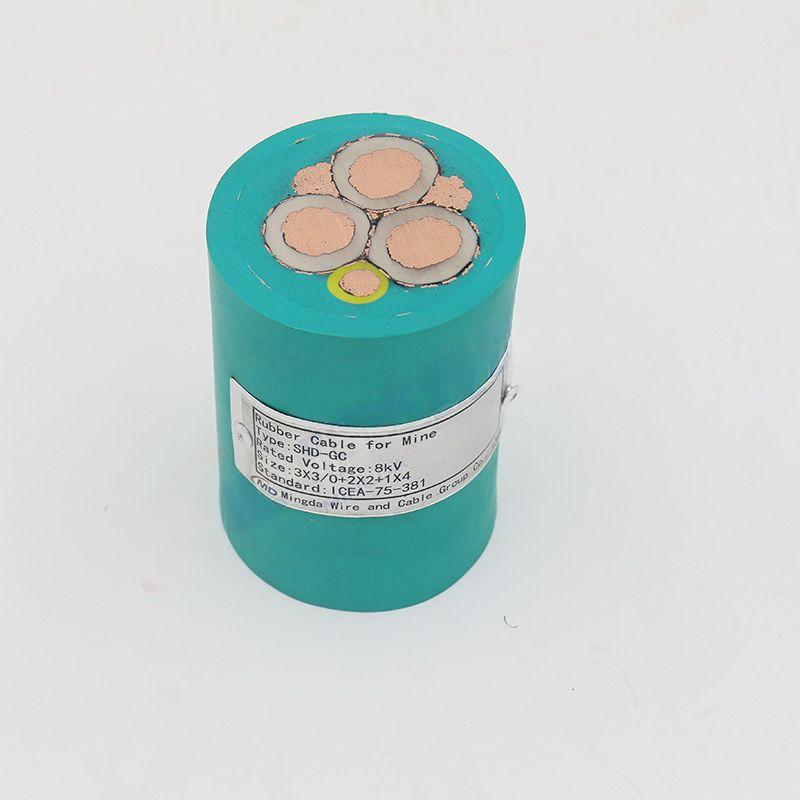9 月 . 28, 2024 16:51 Back to list
Exploring the Functionality of a 3-Way Air Control Valve for Efficient Systems
Understanding the 3-Way Air Valve Functionality and Applications
In various industrial applications, efficient control of air flow is paramount for seamless operations. One of the pivotal components that facilitate this control is the 3-way air valve. This device plays a critical role in pneumatically driven systems, aiding in the management of air direction and flow rate. This article delves into the functionality, types, and applications of the 3-way air valve, highlighting its significance in modern industry.
What is a 3-Way Air Valve?
A 3-way air valve is a type of valve that has three ports, enabling it to direct compressed air from one source to two outputs or vice versa. Typically, it consists of an actuator and a valve body, with the actuator controlling the movement of the valve mechanism. The main function of a 3-way air valve is to allow, stop, or divert the flow of air within a pneumatic system.
The two common configurations of 3-way valves are the normally closed (NC) and normally open (NO) types. In the NC configuration, the valve remains closed until activated, allowing for controlled airflow. Conversely, the NO configuration remains open by default and closes when activated. Understanding these configurations is essential for selecting the right valve for specific applications.
How Does it Work?
The operation of a 3-way air valve can be understood through its basic mechanism. When the valve is actuated—usually electrically, pneumatically, or manually—it shifts positions to either allow or block airflow between its ports. This movement can redirect air from a compressor to different parts of a machine, control actuators, or regulate air-driven processes.
For example, in a typical pneumatic system, when air pressure is applied to the valve, it can direct the airflow to extend or retract a cylinder. This capability makes it indispensable in applications requiring precise control over pressure and motion.
Applications of the 3-Way Air Valve
3 way air valve

3-way air valves find widespread application across various industries. Here are some notable examples
1. Manufacturing In automated manufacturing environments, 3-way valves are used in pneumatic systems to control the operation of tools and machinery. They help in precision tasks such as fastening, assembly, and material handling.
2. Packaging In the packaging industry, these valves facilitate the operation of pneumatic actuators that drive conveyor belts, sealing machines, and packing units. This enhances efficiency and speeds up the overall packaging process.
3. Automotive In automotive assembly lines, 3-way air valves assist in controlling pneumatic tools, ensuring that components are assembled accurately and efficiently. They are also employed in various testing equipment used in vehicle production.
4. Textile Industry In textile manufacturing, 3-way air valves play a critical role in controlling air flow in various machinery, including looms and sewing machines, ensuring smooth operation and productivity.
5. Food Processing The food processing industry utilizes 3-way valves for air control in packaging and bottling processes, where maintaining hygiene and air quality is paramount.
Conclusion
The 3-way air valve is a versatile component integral to the efficient operation of pneumatic systems across multiple industries. Its ability to control air flow and direction enhances productivity, automation, and operational safety. As industries continue to evolve towards greater automation and efficiency, the significance of devices like the 3-way air valve will only increase, driving innovations and improvements in process control. The understanding and application of this essential valve can lead to optimized performance and cost-effective solutions in various industrial settings.
Share
-
Understanding the Differences Between Wafer Type Butterfly Valve and Lugged Butterfly ValveNewsOct.25,2024
-
The Efficiency of Wafer Type Butterfly Valve and Lugged Butterfly ValveNewsOct.25,2024
-
The Ultimate Guide to Industrial Swing Check Valve: Performance, Installation, and MaintenanceNewsOct.25,2024
-
Superior Performance with Industrial Swing Check Valve: The Essential Valve for Any SystemNewsOct.25,2024
-
Industrial Swing Check Valve: The Ideal Solution for Flow ControlNewsOct.25,2024
-
You Need to Know About Industrial Swing Check Valve: Functionality, Scope, and PerformanceNewsOct.25,2024